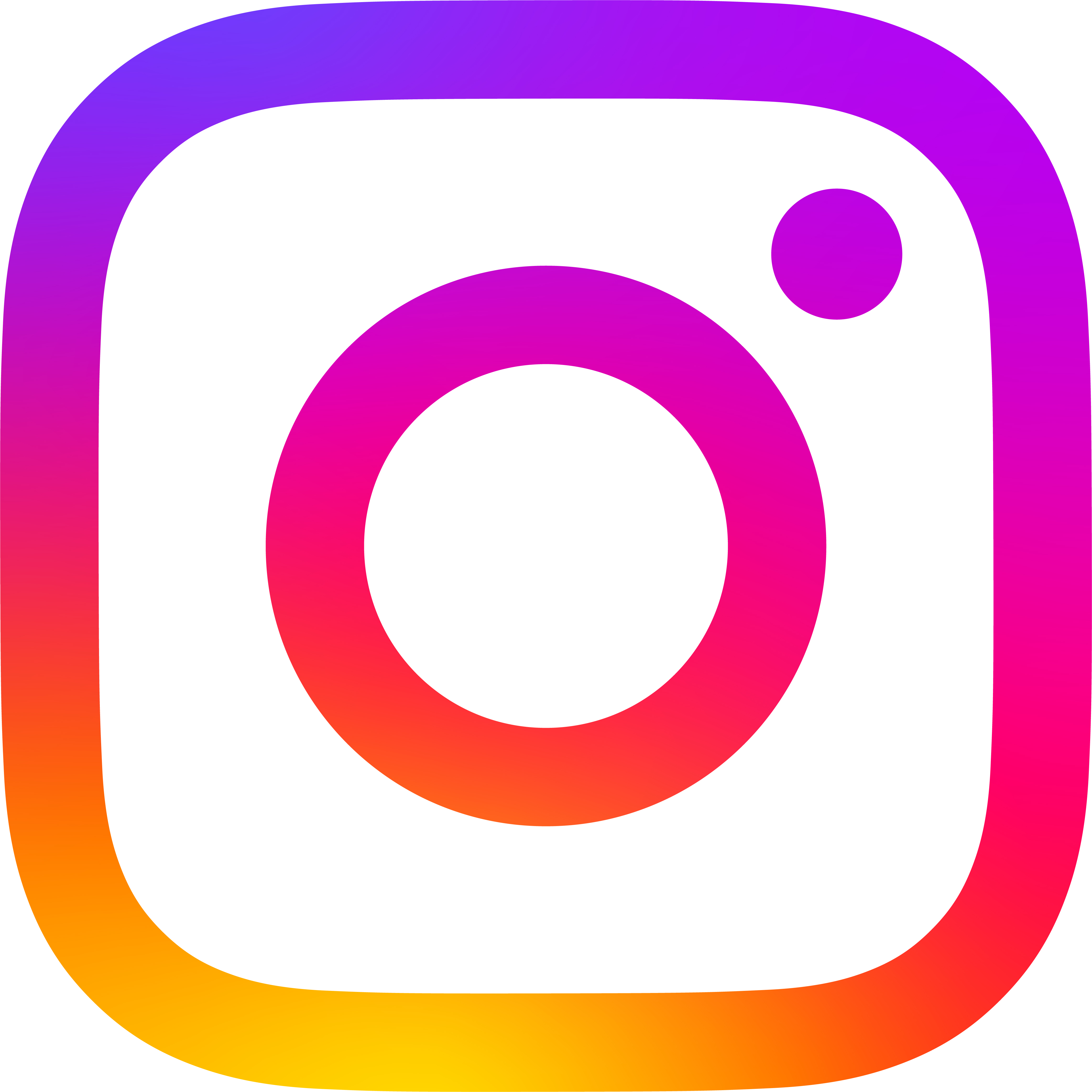Equipment and Clothing – STARSkate
Hair & Accessories
-
Hair should always be tied back from the skater’s face.
-
Hoodies, kangaroo-pocket jackets, long scarves, floppy mitts, and bobby pins are not permitted for safety reasons.
Clothing
-
Skaters should wear appropriate skating attire.
-
Options include skating skirts/dresses with warm tights, or athletic/jazz pants (must be tight at the ankle).
-
For warmth, a sweatshirt (without a hood), fitted sweater, or lightweight jacket is recommended. Clothing should not be bulky or restrictive.
- Think layers, the arenas are often quite cold allow for clothing options that can be removed as the skater warms up during a session.
- Gloves are required.
Skates & Equipment
-
As skaters move into the Skate Canada test system, high-quality boots and blades are important for proper support, technical development, and injury prevention.
-
A good-quality used pair of skates is often a better investment than a lower-quality new pair.
-
Skates must be cared for properly:
-
Always use guards when walking off the ice.
-
After each use, wipe both the blades and soles thoroughly dry with a towel or chamois.
-
Periodically check that blade screws are tight and secure.
- Skates should be sharpened prior to the first use and again after a 15 hours of use.
-
- Good figure skates for STAR 1 are beginner, entry-level models from brands like Jackson Ultima, Riedell, and Edea, such as the Jackson Mystique or Classic 200, the Riedell Ember or 110 Opal and any basic Edea model. The best skate will depend on the skater's foot shape and comfort, so a professional fitting is recommended.
Helmets
-
One of the main differences between CanSkate and STARSkate is that helmets are no longer required at the STARSkate level.
-
Helmets are essential in CanSkate, where younger skaters are still learning balance and coordination and take frequent falls.
-
By the time skaters move into STARSkate, their balance, coordination, and ability to fall safely have improved considerably.
-
While some skaters may choose to continue wearing helmets, most prefer not to, as certain skills are difficult to master with one.
-
Ultimately, the choice to wear a helmet at this level is a decision between the skater and their parent/guardian. Helmets should be worn until the program coach states that it can be removed.
-
“Halos” (protective headbands) are welcome as a transition option for those moving from CanSkate into STAR.



